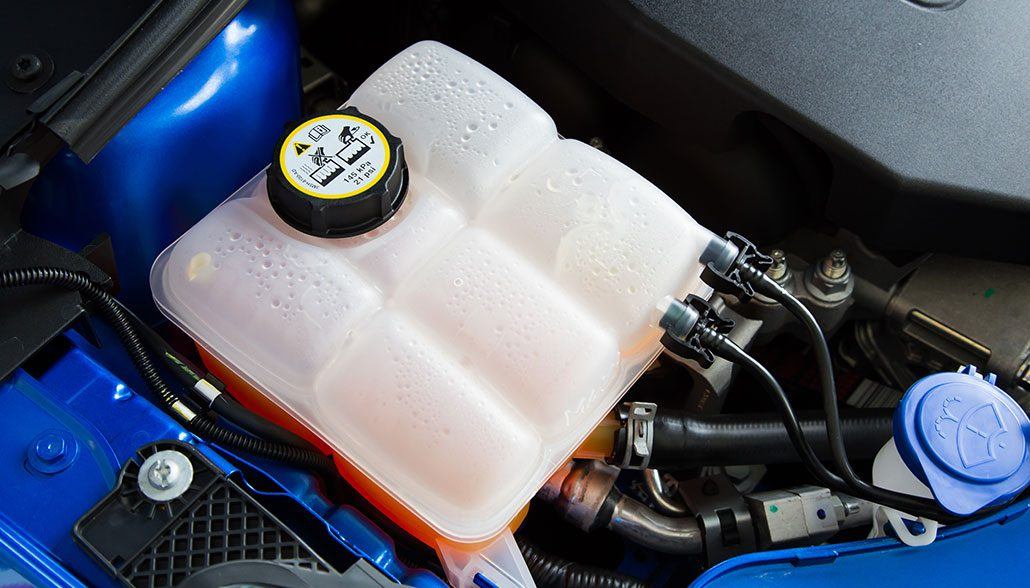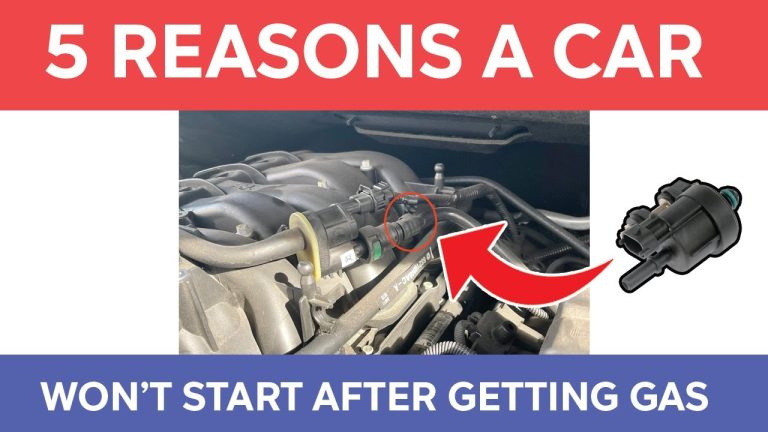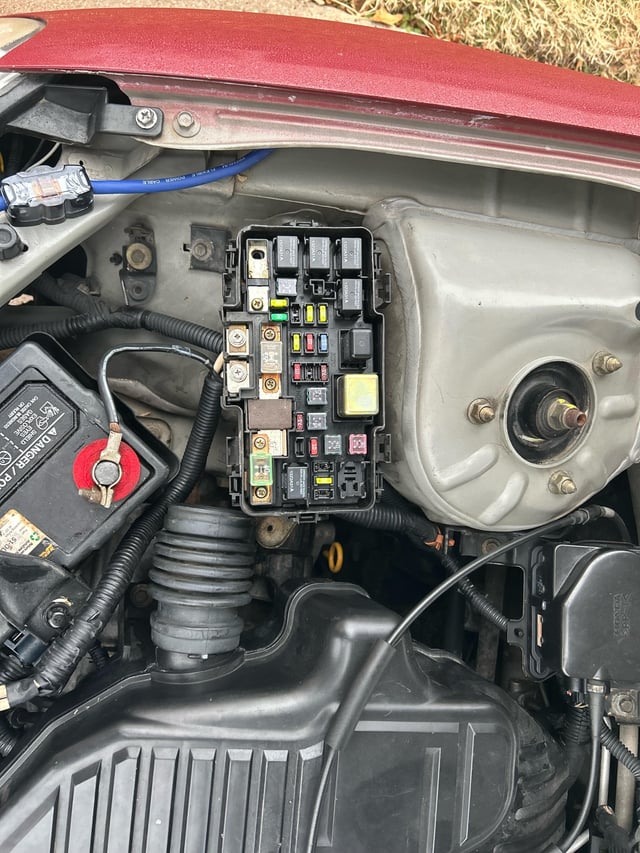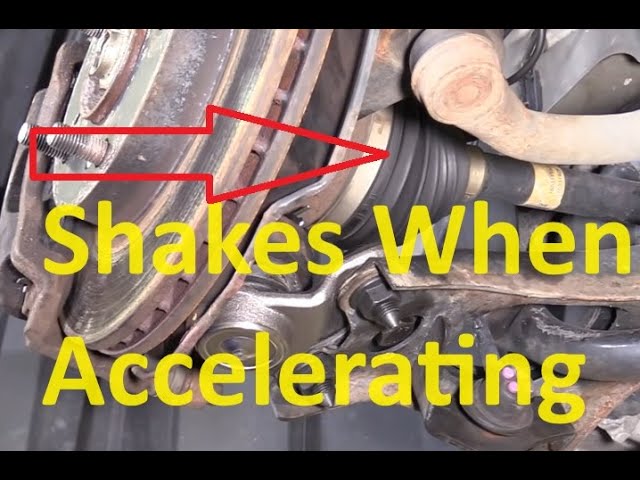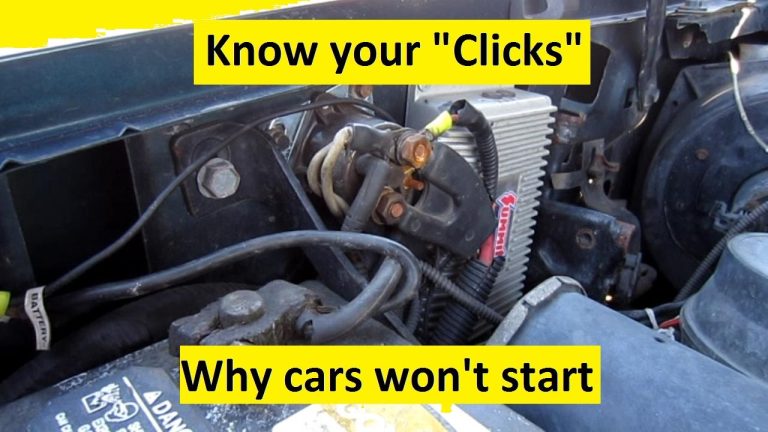How to Check Antifreeze Levels: Essential Tips
To check antifreeze levels, ensure the engine is cool. Locate the coolant reservoir near the radiator. The tank has “MIN” and “MAX” marks. The fluid should be between them. If low, add a 50/50 mix of antifreeze and water. Never open the radiator cap while the engine is hot.
Checking your antifreeze levels isn’t just for the mechanically inclined; it’s an essential skill for anyone who wants to keep their car running smoothly. Imagine avoiding costly repairs and unexpected breakdowns just by knowing how to monitor this vital component.
In this guide, you’ll learn straightforward steps to check your antifreeze levels, ensuring your engine stays cool and your car runs efficiently. Are you ready to take control of your car’s maintenance and drive with confidence? Let’s dive in!
.png)
Credit: www.greatwater360autocare.com
How to Check Antifreeze Levels
To check antifreeze levels, wait for the engine to cool, then locate the coolant reservoir. Ensure the fluid is between the “MIN” and “MAX” lines.
Signs Of Low Antifreeze
Keeping your vehicle in top shape requires regular maintenance, and checking antifreeze levels is a crucial part of that routine. Low antifreeze can lead to engine overheating, which can cause serious damage. But how do you know if your antifreeze levels are low? There are several telltale signs that can help you identify this issue before it becomes a major problem.
Read more: How to Check Coolant Level: Easy Steps for Beginners
Dashboard Warning Light
One of the most obvious signs of low antifreeze is the dashboard warning light. If you see a temperature warning light or a check engine light, it might be time to inspect your antifreeze levels. These lights are designed to alert you to potential issues before they escalate. Have you ever ignored a dashboard warning light, only to regret it later? It’s always better to investigate rather than assume everything is fine.
Overheating Engine
Another clear sign is an overheating engine. If your car’s temperature gauge is constantly edging towards the red zone, your antifreeze might be low. Overheating can lead to severe engine damage, so prompt attention is necessary. Have you noticed your car running hotter than usual lately? It’s worth checking those antifreeze levels to prevent costly repairs.
Coolant Leaks
Coolant leaks are a common indicator of low antifreeze levels. If you spot green, orange, or pink puddles under your car, it’s likely coolant. These leaks can stem from a variety of sources, including a damaged radiator or a faulty hose. Have you ever wondered why there’s a strange puddle in your driveway? That mystery fluid might be telling you it’s time for an antifreeze check.
Sweet Smell From The Engine
A sweet smell from your engine can also be a clue. Antifreeze has a distinct sweet odor, and if you notice this scent while driving, it might mean there’s a leak. This smell can be more noticeable when the engine is hot. Have you ever caught a whiff of something sweet while driving, only to realize it was your car crying for help?
Read more: Clogged Fuel Filter Symptoms: Detect and Fix Fast
Visible Steam Or Smoke
Visible steam or smoke coming from your engine is another warning sign. This indicates that your engine might be overheating due to insufficient coolant. Steam or smoke can be alarming, and it’s a clear sign that immediate action is needed. Have you ever been caught off guard by steam billowing from under your hood? It’s a moment that reminds you of the importance of regular checks.
Keeping an eye out for these signs can help prevent major issues with your vehicle. Regularly checking and maintaining antifreeze levels not only ensures your engine runs smoothly but also saves you from unexpected breakdowns. What steps will you take next to ensure your car’s health? Remember, a little preventive care goes a long way in keeping your vehicle running efficiently.

Credit: www.gorruds.com
Necessary Tools And Materials
Checking antifreeze levels in your vehicle may seem daunting at first, but it’s a straightforward task if you have the right tools and materials. Keeping your engine running smoothly and preventing it from overheating or freezing is crucial. Having the necessary tools on hand will make the process easier and more efficient, even if you’re not a car expert.
To get started on checking your antifreeze levels, you’ll need a few essential items. These tools will ensure that you can perform the task safely and accurately.
Antifreeze Tester
An antifreeze tester is a must-have tool. It helps you assess the concentration and condition of the antifreeze in your cooling system. Choose one that’s easy to read and reliable. They come in various forms, including hydrometers and refractometers.
Safety Gloves
Your safety should always be a priority. Wearing gloves protects your skin from the chemicals in antifreeze. Opt for durable, chemical-resistant gloves to ensure maximum protection.
Rags Or Paper Towels
Spills can happen, so it’s wise to have rags or paper towels on hand. They help clean up any mess and keep your work area tidy. Plus, they can be used to wipe off any excess antifreeze from your tools.
Funnel
If you need to add more antifreeze, a funnel will make the process much easier. It helps prevent spills and ensures that the antifreeze goes directly into the reservoir. A small, portable funnel is ideal for this task.
Antifreeze
Keep a bottle of the correct antifreeze for your vehicle on hand. Check your vehicle’s manual to confirm the type needed. Using the wrong antifreeze can cause damage, so it’s crucial to get this right.
Isn’t it satisfying when you have everything you need right at your fingertips? These tools will not only help you check antifreeze levels but also empower you to tackle other minor car maintenance tasks. Do you have these items ready to go in your garage? If not, consider gathering them so you’re always prepared.
Step-by-step Checking Guide
Checking your antifreeze levels is essential for car maintenance. Neglecting it can lead to engine overheating or freezing. Follow this step-by-step guide to ensure your car runs smoothly. Each step is easy and straightforward. Let’s dive into the process.
Step 1: Gather Necessary Tools
Before you start, gather the required tools. You’ll need a clean rag. Also, a flashlight can be helpful. These tools make the process easier and cleaner.
Step 2: Ensure The Engine Is Cool
Never check antifreeze with a hot engine. Wait for the engine to cool down completely. This prevents burns from hot coolant. Safety first!
Step 3: Locate The Coolant Reservoir
Open the car hood and find the coolant reservoir. It’s usually a plastic container near the radiator. Check your car manual if unsure.
Step 4: Check The Antifreeze Level
Look at the markings on the reservoir. Ensure the level is between the ‘MIN’ and ‘MAX’ lines. If not, it might need topping up.
Step 5: Inspect The Antifreeze Color
The antifreeze should be bright green, orange, or pink. If it’s cloudy or rusty, it might need replacing. Discolored antifreeze suggests contamination or old fluid.
Step 6: Top Up If Necessary
If the level is low, add more antifreeze. Use the correct type for your vehicle. Consult your car manual or a mechanic for advice.
Step 7: Secure The Cap
Once finished, securely close the coolant reservoir cap. This prevents spills or leaks. Double-check to ensure it’s tightly sealed.
Following these steps keeps your engine protected. Regular checks ensure efficient vehicle performance. Stay safe and maintain your car regularly.
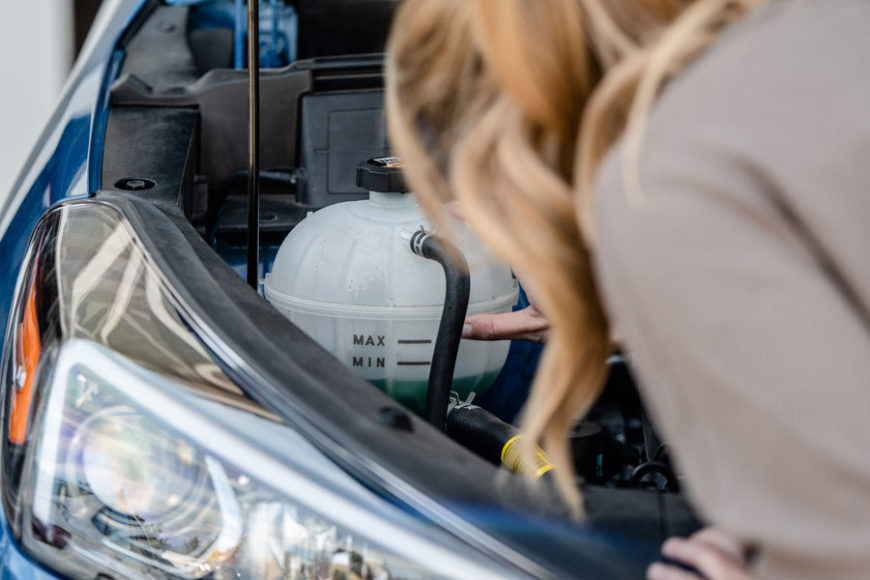
Credit: www.autozone.com
Safety Precautions
Checking antifreeze levels ensures engine safety. First, let the engine cool. Then, open the radiator cap carefully. Use a dipstick or sight glass to check the fluid level. Ensure it’s between the minimum and maximum marks. Always wear protective gloves and eyewear during this process.
Regular checks prevent engine damage.
Checking antifreeze levels is crucial for your car’s performance and longevity. However, safety precautions are equally important to protect both you and your vehicle. Ensuring safety while working under the hood can prevent accidents and costly mistakes. Before you start, ask yourself: Have you taken the necessary steps to protect yourself and your car?
Use Protective Gear
Wearing gloves and safety goggles can shield you from potential spills. Antifreeze is not only harmful to your skin but can also cause eye irritation. It’s tempting to overlook this step, especially if you’re in a hurry, but a minor mishap can lead to serious consequences.
Ensure Engine Cool Down
Never check antifreeze levels immediately after driving. Wait for the engine to cool down completely. Opening the radiator cap while the engine is hot can release steam, causing burns. So, patience is key—make it a rule to wait at least 30 minutes after turning off your car.
Check Surroundings
Your garage or driveway should be free of distractions. Ensure pets and children are not nearby. Antifreeze is toxic, and any spill can be dangerous. A clean and safe workspace allows you to focus fully on the task, minimizing risks.
Handle With Care
When dealing with antifreeze, treat it like the hazardous substance it is. If you spill any, clean it up immediately using water and a cloth. This not only prevents damage to surfaces but also keeps your environment safe from toxic exposure.
Dispose Responsibly
Never pour used antifreeze down the drain or onto the ground. Collect and recycle it at an appropriate disposal facility. This eco-friendly approach protects the environment and follows legal regulations. Taking these precautions isn’t just about following rules; it’s about protecting what matters. Your vehicle is an investment, and your safety is priceless. Are you ready to prioritize safety in your routine checks?
Maintaining Optimal Levels
Maintaining optimal antifreeze levels is crucial for your vehicle’s health. Antifreeze, or coolant, prevents the engine from overheating or freezing. Regular checks ensure your car runs smoothly and efficiently. It protects the engine from extreme temperatures and corrosion. Maintaining the right balance can save you costly repairs.
How To Check Antifreeze Levels
Ensure the engine is cool before checking antifreeze levels. Locate the coolant reservoir under the hood. It is usually a translucent plastic container. Look for the fill line marked on the side. The antifreeze should reach this line. If not, top it up with the correct mixture.
The Importance Of Regular Checks
Regular checks help catch issues early. Low antifreeze levels can lead to engine damage. Regular maintenance keeps your car in top condition. It ensures your vehicle performs well in all weather conditions. Ignoring antifreeze levels could result in costly repairs.
Watch for signs of low antifreeze. These include an overheating engine or a sweet smell. Steam from the hood is another sign. Check the ground for leaks. If you see puddles, consult a mechanic.
Choosing The Right Antifreeze
Select the correct antifreeze for your vehicle. Check the owner’s manual for recommendations. Different types suit different engines. Using the wrong type can cause damage. Always follow the manufacturer’s guidelines.
Frequently Asked Questions
How Often Should You Check Antifreeze Levels?
Check antifreeze levels every month. Especially before long trips or season changes.
What Tools Do I Need To Check Antifreeze?
Use a coolant tester or hydrometer. Wear gloves for safety.
Can Low Antifreeze Cause Engine Problems?
Yes, low antifreeze can overheat your engine. This may lead to severe damage.
Conclusion
Checking antifreeze levels ensures your car runs smoothly. It’s essential for engine health. Regular checks help prevent overheating. A simple process that takes minutes. Anyone can do it with basic tools. Just open the hood and check the reservoir. Keep it topped up to avoid damage.
Always follow the car manual for guidance. Avoid expensive repairs by staying proactive. It’s a small task with big benefits. Protect your investment with regular maintenance. Your car will thank you with fewer breakdowns. Stay safe and keep your engine happy.

